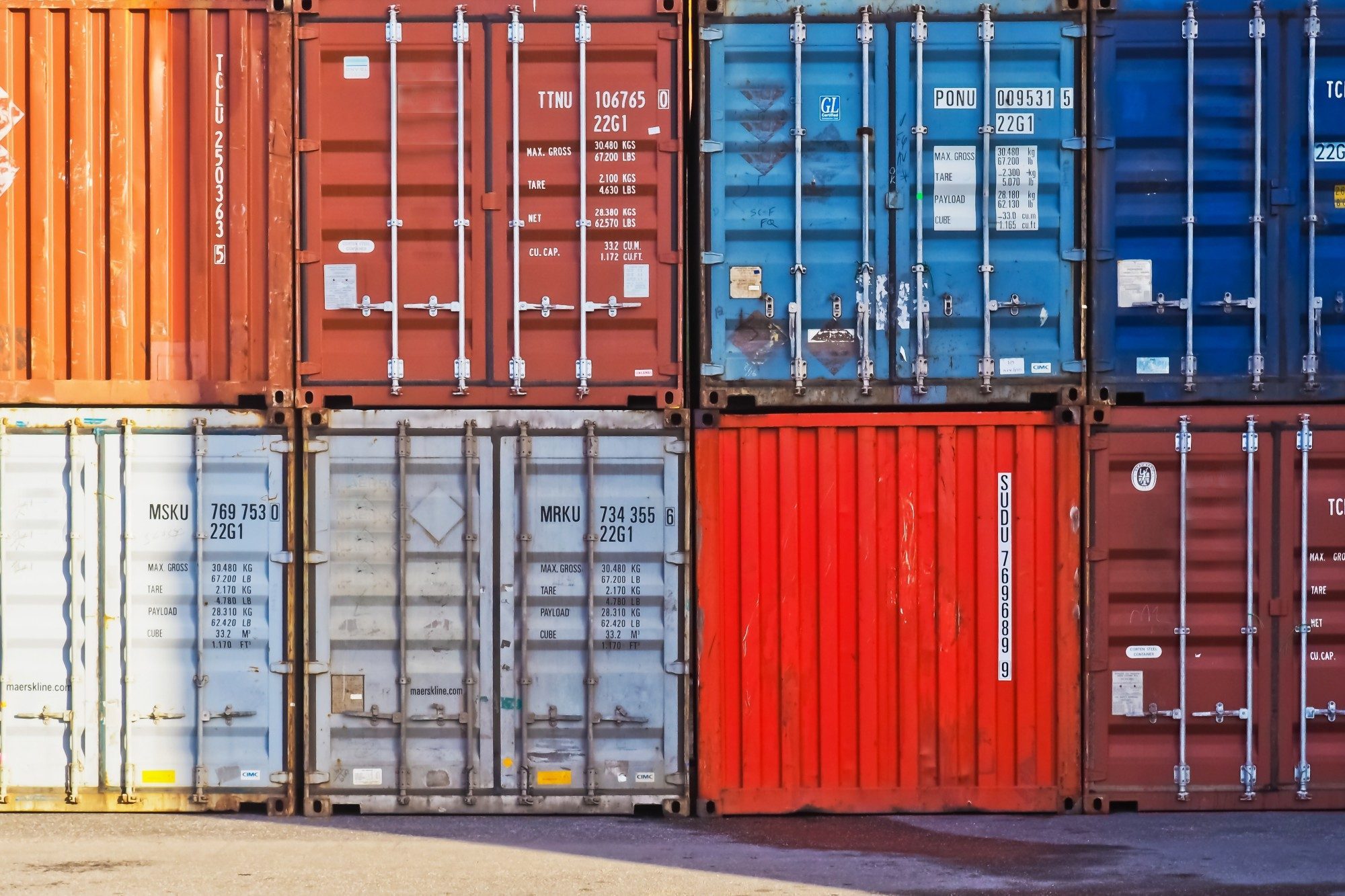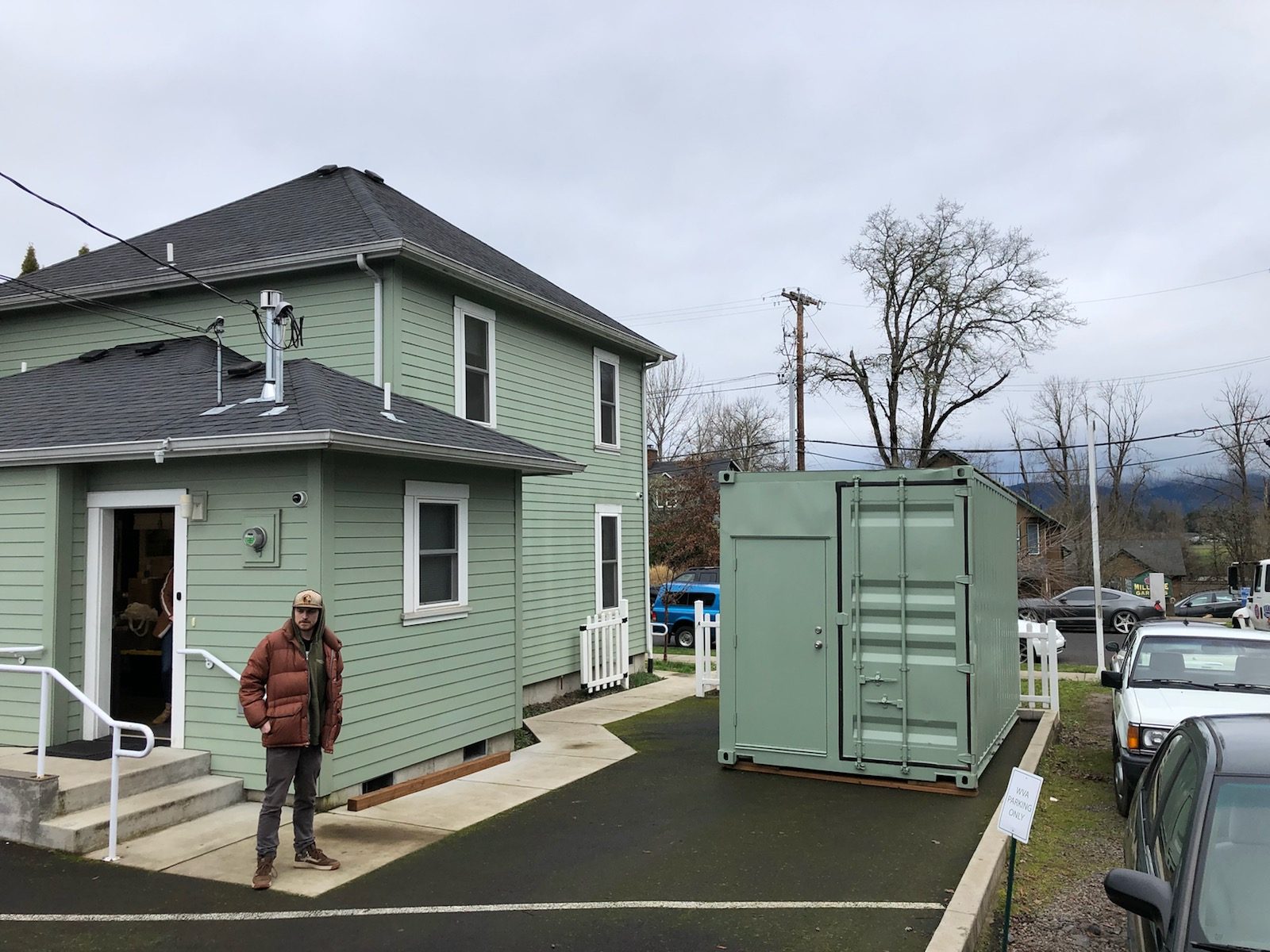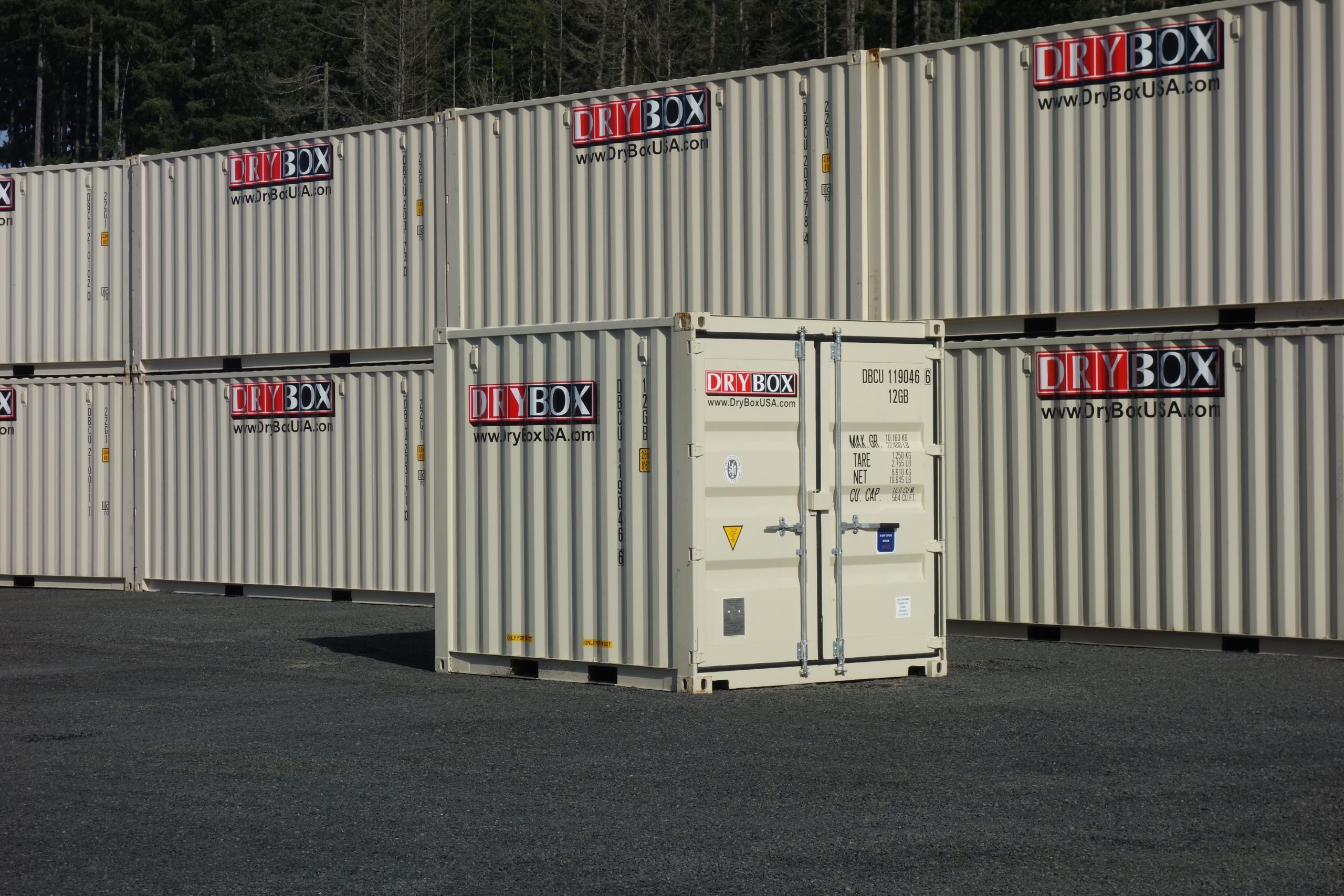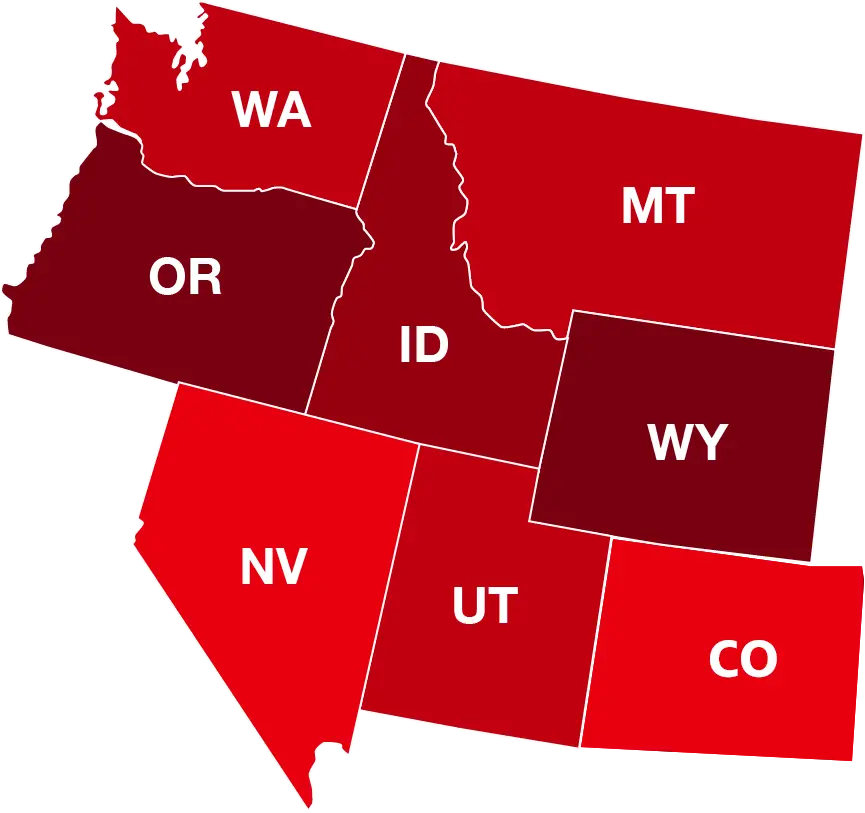How to Use a Storage Container for Moving

Did you know it can cost up to $10,000 to move? Considering the average American only has $5,300 in their savings account, this can feel like a mountain that is virtually impossible to climb.
Moving out of your home is a major task in itself. You have to make what seems like a million decisions all at once over the course of a very short time.
Do you keep that painting Aunt Sally gave you for a wedding gift? Or that sweater that your mom sent you because she was thinking of you while out shopping?
This is where a storage container for moving comes into play.
With it, you might be able to hold on to that precious painting from Aunt Sally, the sweater from your mom, and many things you hold dear while packing to move. Here’s everything you need to know about moving house to house.
Where to Begin
Tell us if you can relate to this: when you choose to move, your first instinct is to pack your vehicle and buy new furniture when you arrive at your new home.
Once you look into that option, you realize just how much you can’t actually fit into your truck that you have “so much space” in. The other hurdle is that the cost of buying all new furniture once you get there is through the roof and pushes you out of budget.
Then, you decide to look into a moving truck and rent it. The cost is still very high and the space is limited.
You realize you wouldn’t be able to bring all of your furniture and would still have to replace some of the bigger, more expensive things. Now, you have to look into something even larger.
Your next thought may be about a moving service. It can’t be much more than renting a moving truck and buying some furniture right? Wrong.
As you look into different options, you realize you could be writing a check for up to $10,000 for your move. Plus, there’s the possibility the movers could break your items through carelessness.
Feeling defeated before you have even packed a single box, you do a search on how to move in a more cost-efficient way. You stumble across an idea that you never would have thought of, a storage container!
The average cost of a storage container is around $4,500 for a cross-country move.
Finding a glimmer of hope in this search, you decide to look into it further. Here’s where things finally start to come together.

How to Keep From Getting Overwhelmed
Let’s face it; moving homes feels like a task that requires superhuman ability. Here are some tips to get you going in the right direction:
- First and foremost, you cannot procrastinate until the last minute! This is a sure-fire way to create stress and put undue pressure on yourself.
- Go through each room with a strict “keep,” “donate,” or “trash it” policy. Most people are natural-born pack rats at heart without even realizing it.
- Utilize post-it notes and yard sale stick-on notes. Label the things you are going to keep and the room they came from.
- This may seem like a tedious task but it truly frees up your mental capacities. In the long run, you will have too much to keep track of.
- You could even color code the post-it notes according to the room you are in, so you recognize where it belongs without having to read the label up close and personal.
- Gather your boxes, storage bins, and bags. Label absolutely everything room by room.
- Keep the items in the individual rooms you have packed until your storage container has arrived.
- Once it’s sitting at your doorstep, you can begin loading it with each room being placed in the container at a time. This will make your life so much easier upon arrival.
- Once you have arrived at your beautiful new home, begin unpacking the storage container room by room. Since this is how you loaded it, it will make this process a painless ordeal.

Will It Be Big Enough?
This will definitely vary according to the size of your home and the number of items you are shipping. However, there are a wide range of sizes available to you to help keep costs down.
Shipping containers range from 10 feet to 40 feet long. On average, they are eight feet in height and up to nine feet six inches wide.
This brings the square footage to 688 for the smallest container and 2,752 for the largest container.
The average family home ranges from twelve to fourteen hundred square feet for a three-bedroom, two-bath.
This should help you realize that not only could you pack all your belongings but you could pack your neighbors too, if you wanted.
Simply going through your home with a measuring tape at this point will be your friend for the larger furniture items. This will help you determine what size you will need.
As for the smaller items such as decorations, clothing, bathroom, and kitchen items, you’ll need boxes. You can eliminate the space needed for your furniture items, calculate how many boxes you can fit in the container, and pack accordingly.
Don’t have your boxes yet to be able to measure? No problem!
Simply place your items into set piles of five feet, by five feet, by five feet. This is a super easy trick to help you determine the size of the container needed for your move.
How to Use a Storage Container for Moving
Moving with a storage container is quite simple but can be a little different from company to company. The container company will deliver the storage container to your current home a few days before the move.
You then pack your belongings and load them into it over the course of several days. The company usually provides a lock and key, so don’t forget to lock it up!
This is the new form of a DIY move on a budget. You’re packing to move and transporting your own belongings without the risk of someone else breaking your items. You also have the help of the company that does the transporting.

The company picks up the storage container once it is fully packed and ready to go. They deliver the container full of your household items to your new home’s destination.
Once you have unloaded the container, the company returns to pick up the container to return it to their service station. Their part is complete at this point and yours has just begun!
How Safe Are My Belongings?
Taking inventory of your items is the ultimate key to moving. Keeping a detailed list of your home will prevent any questions or problems down the road.
Taking photographs will help with your inventory checklists. For some items or rooms, it would be best to have photographic proof depending on how valuable it is.
Label every box. This not only helps with unpacking but also helps with your inventory needs.
Keep your heavy items in smaller boxes so you can lift them more easily, but keep them toward the front and bottom of the container. This allows gravity to keep your lighter, more delicate items safer.
You’ll want to pack your valuables with great care. There is nothing worse than arriving at your new home and finding that the painting you treasured from Aunt Sally has been punctured, scratched, or broken in any way.
The storage containers are on the move on a roadway, so keeping things packed with extra fluff and stuffing will help keep your items from breaking. Be sure to read the company’s liability options prior to the move.
Storage containers are steel framed with ground-level access. They have large doors with high-security locks for your items to remain safe while sitting in front of your doorstep and throughout the trip.
Storage containers are also weatherproof and keep your items nice and dry while on the road or in your driveway. In fact, depending on your relocation complications or needs, when you return the storage container is up to you as the customer in most cases.
Take inventory upon arrival as each item is removed from the storage container with that list you created before the move to ensure you have all your items in tow.
Keep These Items Out
You are welcome to pack in as much as possible. However, not all items are welcomed in a storage container move.
You’ll want to avoid storing any kind of perishable food items such as:
- Dairy products (like milk)
- Yogurt
- Butter
- Ice cream
Also, you should not store:
- Fresh produce
- Frozen foods
- Refrigerated items (unless you rent a frozen container
Storing open pantry items, or open beverages, are also a bad idea.
Without question, keep any and all of the following hazardous materials out:
- Paints
- Paint thinner
- Matches
- Fertilizer
- Ammonia
- Aerosols
- Nail polish remover
- Cleaning solvents
- Loaded guns
- Gasoline
- Propane tanks
- Charcoal
- Charcoal lighter fluids
- Fire extinguishers
- Poisons
- Motor oil
- Acids
- Pool chemicals
- Batteries
- Pesticides
Some moving companies require you to keep this list of valuable items with you instead of the storage container as well:
- Cell phones
- Money
- Car titles
- Jewelry
- Photo albums
- Furs
- Firearms of any kind (loaded or unloaded)
- Checkbooks
- Computer software or programs
- Keys
- Credit cards
- Collections
- Medications
- Laptops
- Financial documents
- School records
- Sentimental items
- Medical and dental records
- Family heirlooms
- Electronics
Keep away from transporting live plants, animals, or any other living things in the containers. Not only are there laws against this sort of thing but it can be hazardous to them to be stored in a container.
Some states have laws in place to prevent plants from being imported due to certain plants’ aggressive nature. This can be damaging to the natural ecosystem in the state you are moving to.
There are some creepy crawlies that like to hitch a ride in these plants that can also do a lot of damage to the place you are moving to. Skipping the transport of plants helps prevent disease among the plants and forests as well.
Some Delivery Tips
Congratulations! You’ve made the trip and arrived at your new home. The storage container company will bring the storage container to you empty. Soon, you’ll be enjoying a nice beverage of choice on your back porch!
A few things are needed to make the delivery of the storage container smoother.
Level Ground
The ground should be gravel-based, level, solid, and smooth. The last thing you want is for the truck delivering the container to get stuck or worse, tip over.
Proper Clearance
Keep in mind how tall your clearance level needs to be. For the 40 foot containers, you will want to have a minimum of 120 feet of straight clearance. Meanwhile, you want at least 70 feet of straight clearance for 40 footers.
Width and Height
Width and height are also something to watch out for. You’ll need to make sure there are ten feet of width allowance and 16 feet of height available wherever you are going to be parking it.

A Move Made Easy
In the end, renting a storage container for moving will make your move affordable and cohesive. It will make your transition from house to house far more seamless no matter the distance.
Here at DryBox, we have a large selection of shipping containers. We buy direct from shipping lines and deliver to Washington, Oregon, Montana, Wyoming, Idaho, Utah, and Nevada.
Feel free to contact us today to receive a free quote. Then, wipe that sweat from your brow and rest easy. Everything else is about to fall right into place.









